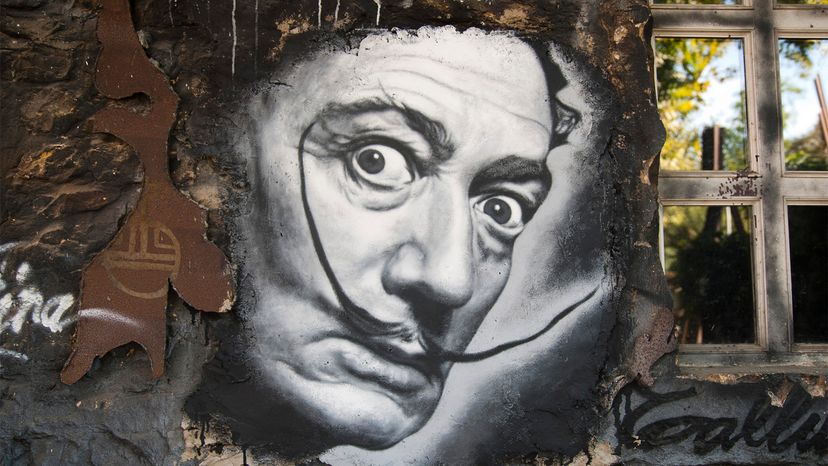The first museums were private collections of exotic objects known as cabinets of curiosities or wonder rooms. Only guests of the wealthy owners were admitted to view the items. Now works of art and wonders of science are available to everyone online anytime, without ever leaving home. But you should leave home, especially now that museums are offering immersive experiences to engage you with artists and artifacts as never before.
In the last decade or so, smart museums have acknowledged that smartphones are collaborative tools and not just competition for eyeballs. Mobile tech is embedded in many, if not most, museum experiences, and apps abound. Some apps provide real-time answers to visitor questions, some let you create a customized tour by selecting "really big" or "really old," for example. Augmented reality apps re-animate 3D dinosaurs to great effect and bring to life historical figures who virtually guide you through exhibits.
The Dalí Museum in St. Petersburg, Florida is no stranger to delivering digital experiences. Its latest is even stranger and more wonderful than previous tech-inspired offerings. "Dalí Lives: Where Art Meets Artificial Intelligence", opening in April 2019, presents a kind of rebirth of Salvador Dalí decades after his death.
Throughout the exhibit, visitors will be invited to connect with an AI resurrection of Dalí. Click a button, and a life-size image of the larger-than-life artist appears on one of many screens throughout the exhibit. Visitors gain insight into the work by interacting with AI Dalí as they wander the museum's more than 2,000 paintings, illustrations, sculptures and photographs.
"This Dalí speaks directly to guests about his work and his world, and about our current world," explains Greif. "Visitors won't be guided directly through the galleries. They'll experience the work as they engage with the person who knew Dalí best – the artist himself."

